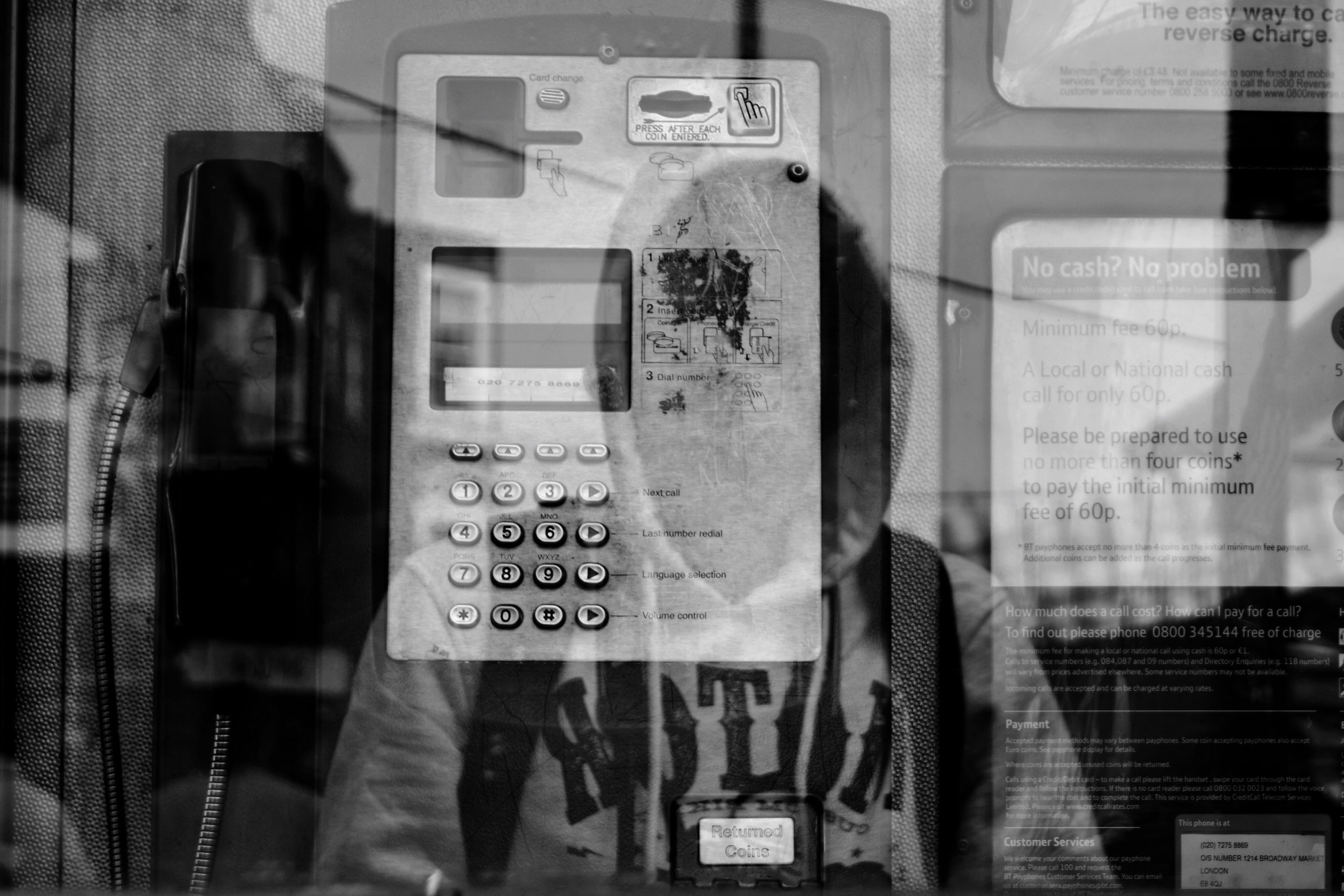6 Tips to Protect Your Business from Identity Theft

As a business owner, you are most likely to be targeted by potential identity thieves not as an individual, but as a source. Your databases can be breached leaving all of your customers vulnerable, and putting your face on the news in a way you never wanted. To help protect your business from being targeted for identity theft, we offer six easy solutions to safeguard your company and your customers.
Secure Your Computer Infrastructure
Having a strong firewall and running anti-virus on a regular basis will save your company potential damage. There is an endless arms race running between security companies and hackers every second, and patches to anti-virus software are the only way for us to keep up. Failing to update your anti-virus is like refusing to cancel a lost credit card: you’re just asking for somebody to steal from you.
Change Passwords Regularly
Breaking into an account takes time, but it can be done. If you have been using the same password for the past five years that is more than enough time for somebody to have used brute force to figure out what it is. Adopt a policy of changing passwords at least once every three months, and do not use the same password in more than one place. This will foil brute force attempts to steal information. Require the same routine of your staff as well!
Compartmentalizing Customer Information
The information of your customers should remain on a need-to-know basis at all times. Identity thieves will often exploit your staff to attempt to pull customer information from them. Ensure that your staff only has the bare minimum customer information they need to do their job: they can’t reveal what they don’t know after all. Using identity verification techniques that minimize the exposure of confidential information ensures that the cause of identity theft is not somebody who works for you. Third-party identity verification services such as Cognito can help limit exposure to sensitive information.
Use Dedicated Devices
Do not let employees use their own devices for work related purposes. While employees mean well, their personal devices could be compromised in ways you cannot account for. So, make sure you have a clear distinction between work devices and personal devices. If an employee needs to work from home, the best option is to provide a device for them to use for work. At work, having a dedicated terminal for sensitive functions (like banking) will limit that terminal’s exposure to viruses and other ways to compromise it.
Educate Your Employees
The weakest link in any security arrangement is the human link. Educating your employees on proper security protocols can help reduce your business’s risk. Education is not perfect, but instilling a culture of good security practices will go a long way towards safeguarding your employees and customers from theft.
Insurance
If all else fails – making sure you have good insurance will protect your business from the fallout. No matter how much you work to protect your customers, a few will inevitably fall through the cracks. Having insurance will allow you to make it right with your customers without destroying your business.
Protect Your Customers, Protect Your Business
Remember that identity theft is, for the most part, preventable. While you cannot do anything about other companies that fail in their obligations, you can do something about your business. Following these steps will protect both yourself and your customers from the perils of identity theft and fraud.










Leave a Reply
Want to join the discussion?Feel free to contribute!